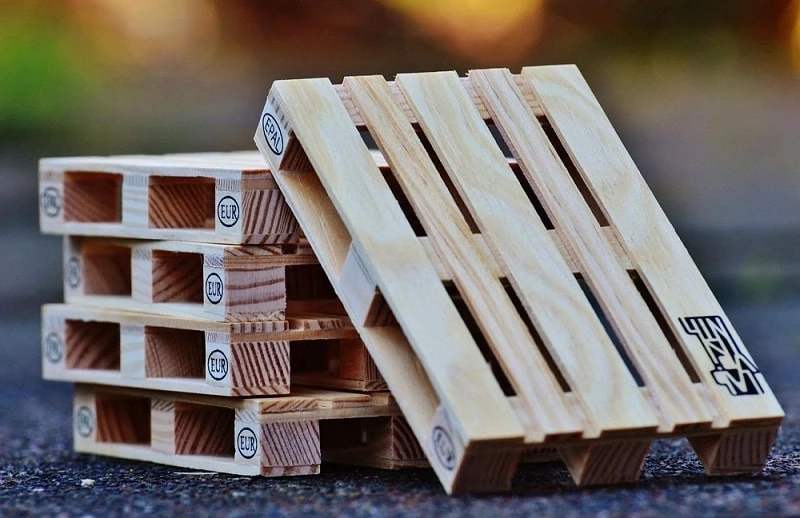Wooden pallets have been essential to industry for decades. The movement of goods was revolutionised by their introduction and although alternative materials are sometimes used today, the vast majority of pallets are still made from wood. It's a sustainable material which is strong and recyclable. However, as it's also a natural material, it's susceptible to infestation by burrowing insects and other organisms, some of which can spread disease to plants, animals and people. In recognition of this, international standards regarding preventive heat treatment were set to eliminate the spread of contamination across national borders so that heat treated pallets in London and elsewhere could be guaranteed not to carry imported diseases.
The international wood pallet heat treatment standard is ISPM15, which stands for International Standard for Phytosanitary Measures No 15. It was established under the 1951 International Plant Protection Convention ratified by 176 UN members. The primary aim was to prevent pests and diseases being unwittingly transferred from countries where they occur naturally to others in which they could cause immense damage. Common invaders are the Asian long-horn beetle and Pine Wood Nematode. The standard applies to wood materials with a thickness greater than 6mm.
Where pallets are staying within national borders, there is not the same requirement. For example, the use of heat treated pallets in London wouldn't be automatically required if they are to stay in London or even the UK. However, now that the UK has withdrawn from the EU, freight shippers are required to use only heat treated pallets when shipping to EU countries and beyond. For reasons of streamlined efficiency, it makes sense to use treated pallets for all internal freight, thus avoiding the accidental inclusion of untreated pallets in international consignments.
What is the Process?
Wood pallets are treated in a sealed and insulated chamber where the core is heated to a temperature of 56 celsius. They must be loaded in such a way that air is able to circulate around them and fans are used to keep the air moving and regulate the temperature. This heat is maintained for 30 minutes and then the pallets are allowed to cool down.
There are several acceptable sources of heat. Conventional steam and dry kiln heat chambers are two of the older methods. It's also possible to use heat-enabled chemical pressure or dielectric heating, most commonly supplied by radio frequencies or microwave technology. The chamber should be located in the coldest possible setting so that the heating up process is slow and the optimum temperature is easier to keep level. At the end of this process, each pallet is stamped to verify that it complies with ISPM15.
The same method is used for the treatment of all wood packaging materials (WPM), both hardwood and softwood, which means the wood can be treated before it is made into pallets. However, if this is to be done, the heat treatment must be applied to debarked wood to stop the accumulation of pests in the timber.
Which Methods Are Best?
All the heat sources we've described are effective enough to satisfy the requirements of ISPM15, but some achieve more comprehensive results than others. Dielectric heating is an exhaustive process because it achieves the total absorption of electromagnetic waves by not just the wood but also its natural water content and any parasites or organisms that might have infested it. This method involves an initial maximum heat of 62 degrees Celsius for the first minute of treatment.
Radio frequencies achieve better and more even penetration than microwaves. They also work more quickly and can be used to treat larger loads. They cause no damage to the structure of the wood and can kill 100 per cent of all pests, while the reduction in the moisture content accelerates the drying process. The treated pallet emerges with a strong resistance to impact and generally retains a better quality.
Should I Use Heat Treated Pallets in London?
As we've touched on, the obligation to comply with ISPM15 affects only wood pallets which are crossing national borders. However, although it's acceptable and legal to use untreated pallets in a geographically limited environment, it's wiser to opt for treatment. Homegrown pests may be less dramatic than imported ones but even our humble woodworm beetles can infest pallets and be spread around the country, so it's better to be safe.



